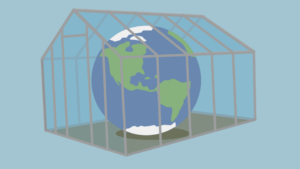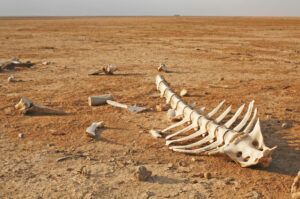Our planet Earth is changing everyday from the colors of the skies to the burning fires. What we don’t see is 408 parts per million in concentration of carbon dioxide in our atmosphere. On the way to school, home, or the park we see trees, sometimes green, yellow, orange, and pink. Deforestation by humans causes eleven percent of global greenhouses. Activities such as expansion for agriculture, mining, oil extraction, or infrasture development tears down not only the trees, but plants and animals as well. As a result, we lose biodiversity and destruct habits of thousands of species. We probably all are aware of the Amazon rainforest and how it produces six percent of the oxygen we breathe in. According to Conservation International, “one percent of tree species sequester 50% of the region’s carbon.” You and me along with 800 million people are vulnerable to the impacts of climate change.
When I was on a trip, I passed by factories. However, I didn’t just see big factories, I saw huge grey and black smokes coming out. Where does it all go?
NASA gives all the scientific signs such as the global temperature rise, warming oceans, shrinking ice sheets, and sea level rise.
When I was in 6th grade, I was researching about our oceans and bodies of water when I stumbled upon an article. What I read shocked me so much. The average price to pay for jeans in the U.S. is about $50. However, according to Kathleen Webber in her article “The Environmental and Human Cost of Making a Pair of Jeans”, the brewed chemicals to make blue jeans are dumped straight into the rivers in Asia. It takes gallons of water to produce a pair of jeans, but did you know that “70% of Asia’s rivers and lakes are contaminated by the 2.5 billion gallons of wastewater?” Producing jeans and the textile industry is harming the environment. What’s worse is that the worker praying permanganate on jeans for the “acid-washed” look is killing the worker.
What’s the solution?
There are eco-friendly clothing brands from organic and recycled materials.
For example, Reformation is an eco-friendly clothing brand that saved 74% footprint in the amount of water they used. With the conventional carbon footprint being 23,090, Reformation left 13, 188 which is a 43 % savings. In addition, they launched the ArcadiaXReformation program to support wind energy projects. Although it may be hard and difficult to find eco-friendly clothes, I hope in the near future many popular and big brand companies can make this change possible.
Featured image: https://www.goodhousekeeping.com/home/cleaning/tips/a17219/stains-dye-may07/


